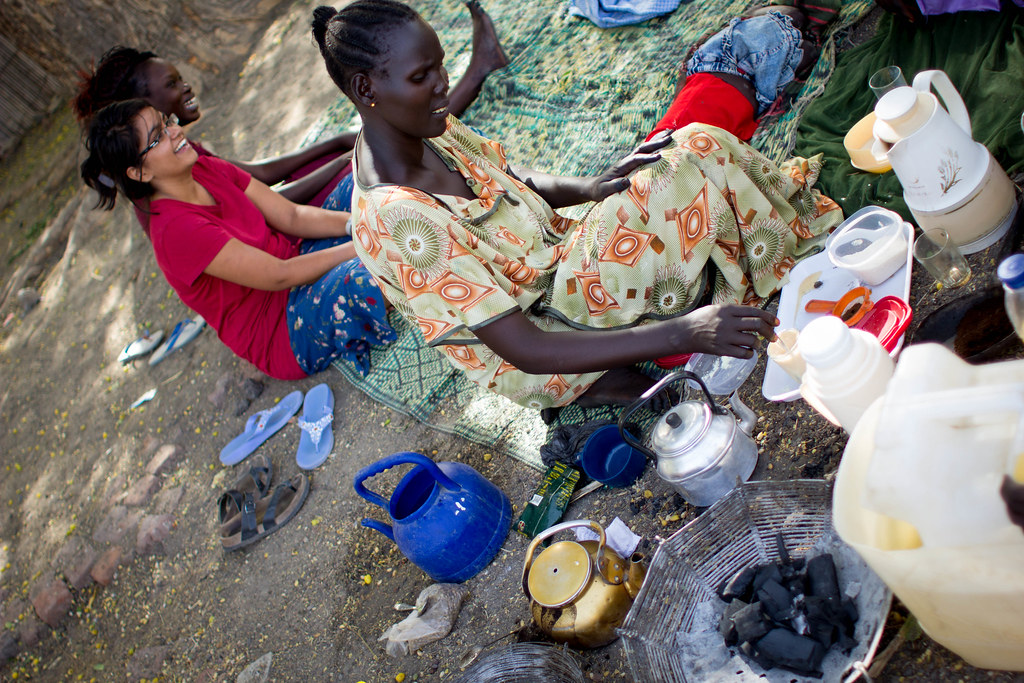
This is a part of a series on daily life for us in South Sudan. Read more here…
I love learning about things that draw people together. We are from Washington State and in general people there are drawn together over coffee at a coffee shop that involves comfortable chairs, usually a fire, and 112 ways to drink espresso.
I had been in Sudan for two days when I got to experience my first Sudanese Coffee. Julia was still in her time of remaining at home after giving birth so we had coffee at her home. Several things stuck out to me about the experience, the woman are unconcerned by time during this event. The children know that during coffee they are to play by themselves and watch younger siblings so coffee times are only with woman and young babies. The process of preparation is just as important as the actual drinking.
I have made coffee for the ladies three times (so far) and am far from being very skilled at this art (which you can tell as all of them watch and instruct me as I work). I love that the important part of this event isn’t the coffee itself but the art of being together and it is a great way I can serve, and love my friends while spending time with them.
You buy “boon” or unroasted coffee beans at the local market as well as dehydrated chunks of ginger. These and lots of sugar are the ingredients you bring with you when you are hosting coffee.
The process is done over a charcoal stove so after you heat the charcoal you take your metal pan and begin roasting the coffee. The woman stir the coffee to keep it from burning with a metal spoon. Roasting takes about 1/2 hour and you have to stir quickly or the coffee burns. I am always asking the woman if it is ready and they tell me “lisah” (not yet). My rule of thumb is to stir and cook 20 minutes after the beans turn black.
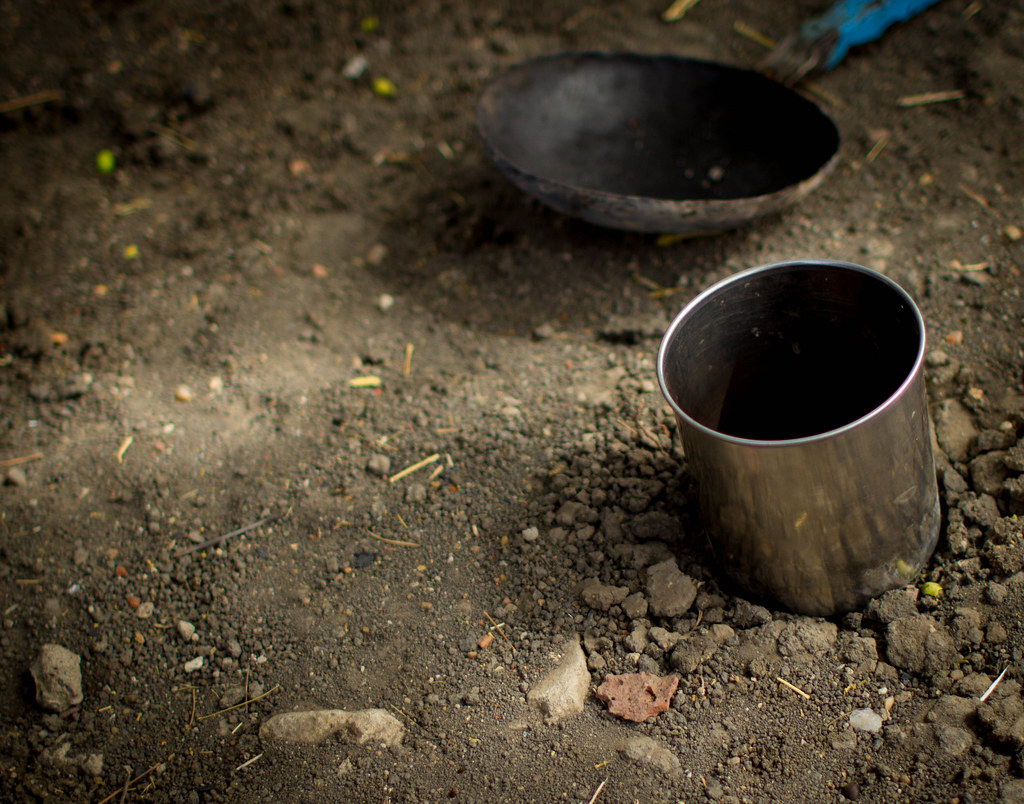
After this you can put your water kettle on the stove to boil. While the water is heating up you begin “grinding” your coffee beans using a metal mortor and pestal. This process has been the hardest for me to master. The trick seems to be to force the pestal down hard into the mortor sinking it into the ground. If I have done it well there is a whole where I was grinding about an inch deep into the ground and the sand dances around as I pound. As you pound the smell of the coffee escapes and the woman excitedly ask to see how it is coming as you work. Usually several of the respected coffee makers of the group approve that your grinds are fine before you proceed to add them to the pot. At this point you go through the same process with the dried ginger. The ratio of measuring seems to be 3-4 handfuls of coffee grounds to a pot of boiling water and a generous handful of ground ginger. Don’t be fooled by our tools this ground coffee is as fine as any coffee grinder.
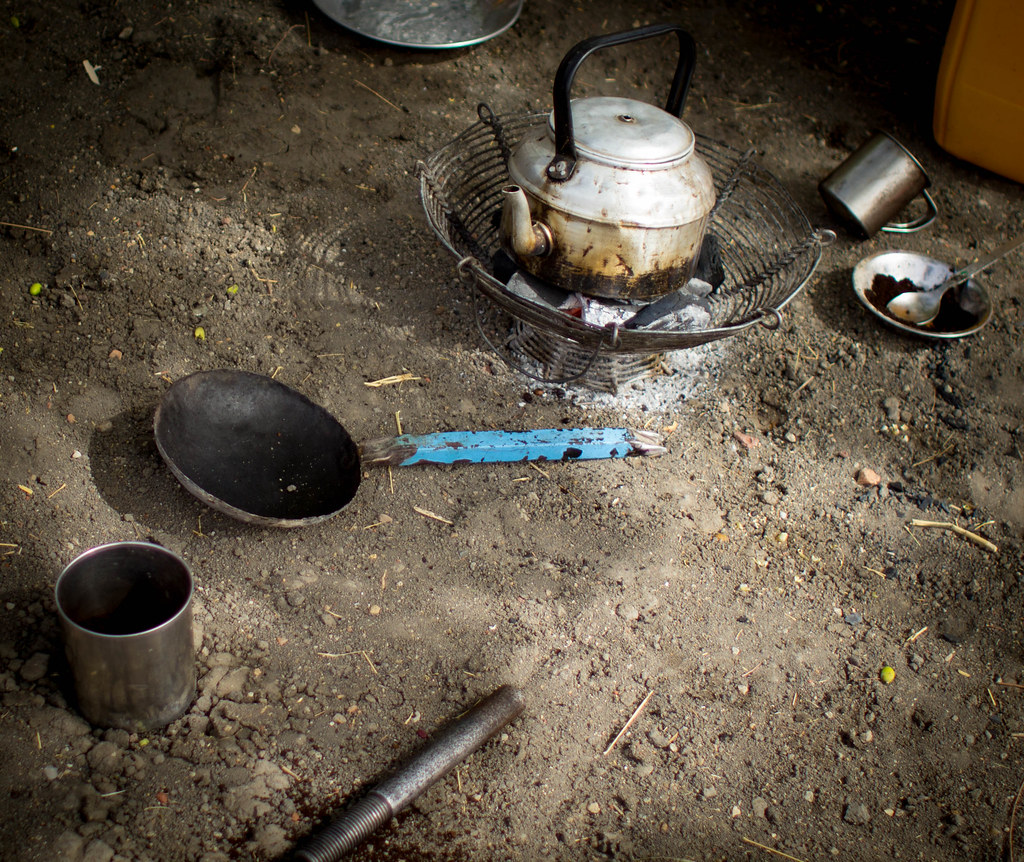
The coffee seeps for 5-1o minutes before you prepare to serve it to you guests. In Melut we pour our coffee into a thermous (passing it through a strainer first). The grounds are saved and often reused to make multiple cups of coffee. You place more water into the grounds and place it back on the charcoal stove while you serve your guests.
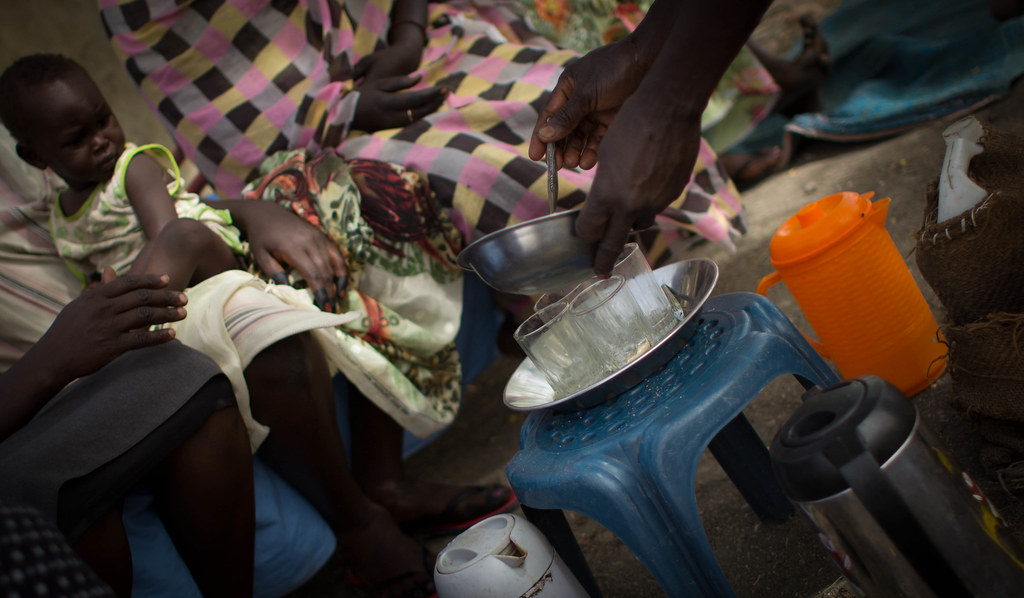
The trick to Sudanese Coffee (besides tons of ginger) is lots of sugar. Small glasses are filled with 3-4 spoonfuls of sugar before the coffee is pourded in. The woman will drink 3-5 cups of coffee in an afternoon sitting.
Of course the ritual of coffee making is all about what happens around it, fellowship that lessons tribal distinctions and cultural differences, fellowship of woman that reminds us as we sit around that we are all the same, laughter that takes away the harshness of the weather, the work, the life and the tears. Boon is the gift of being present not alone but together united and laughing for a few hours.
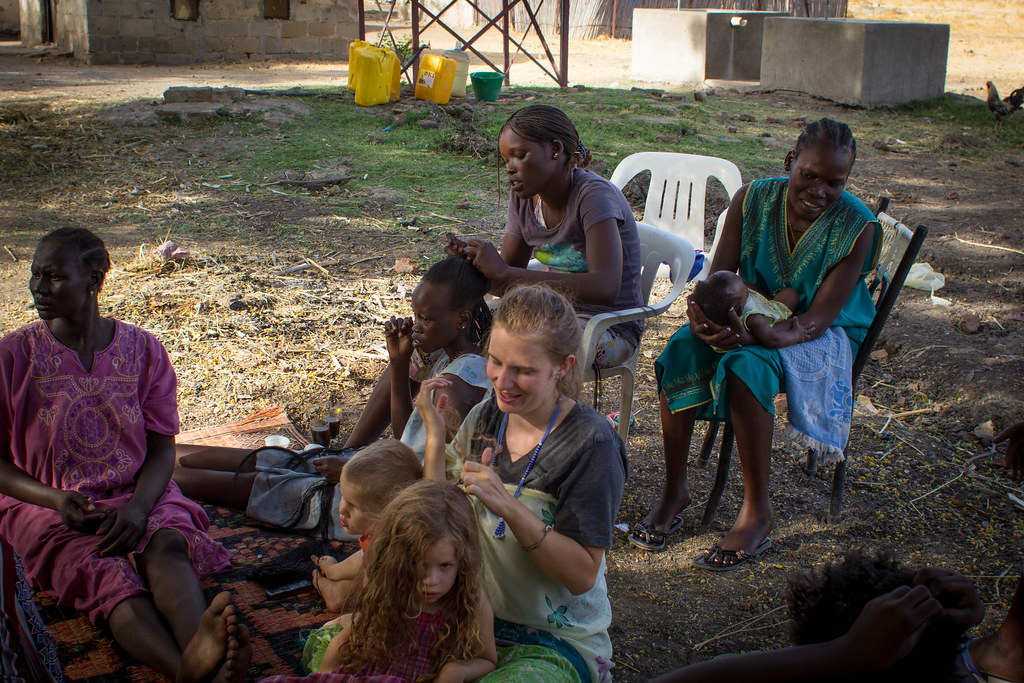
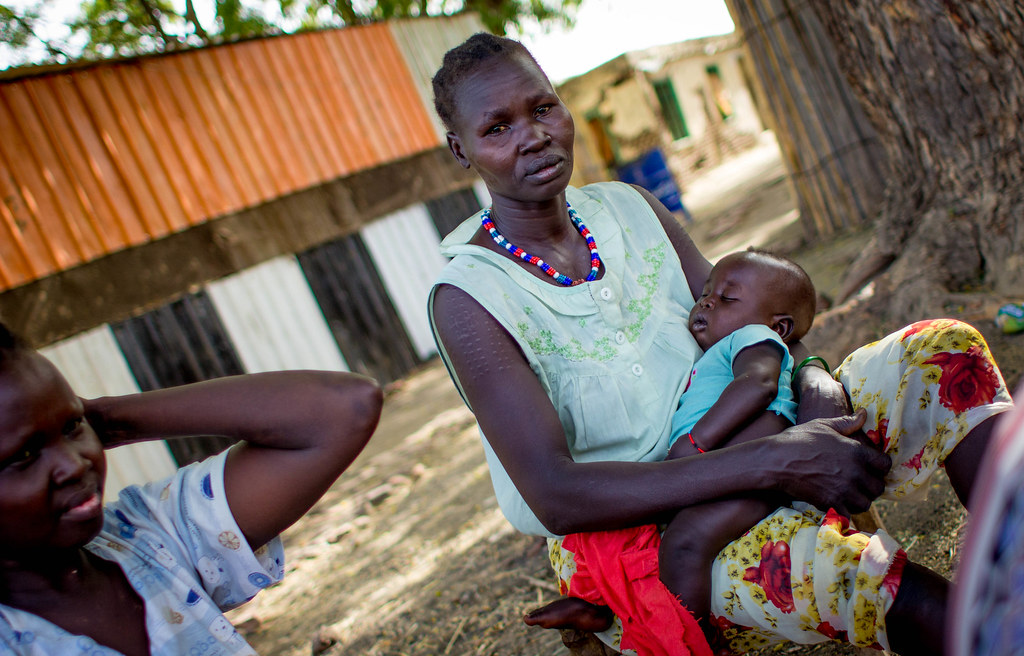

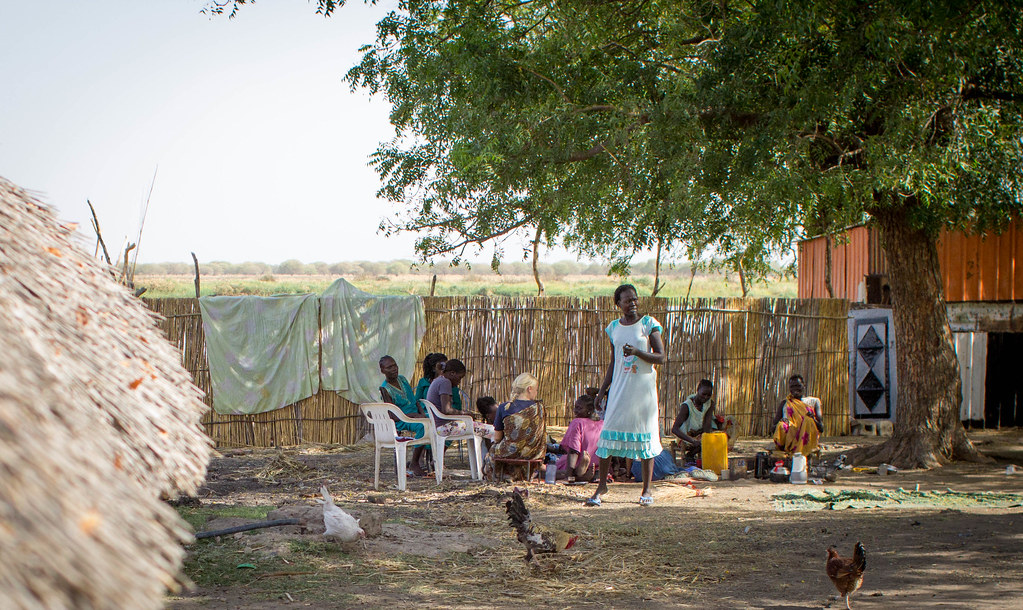
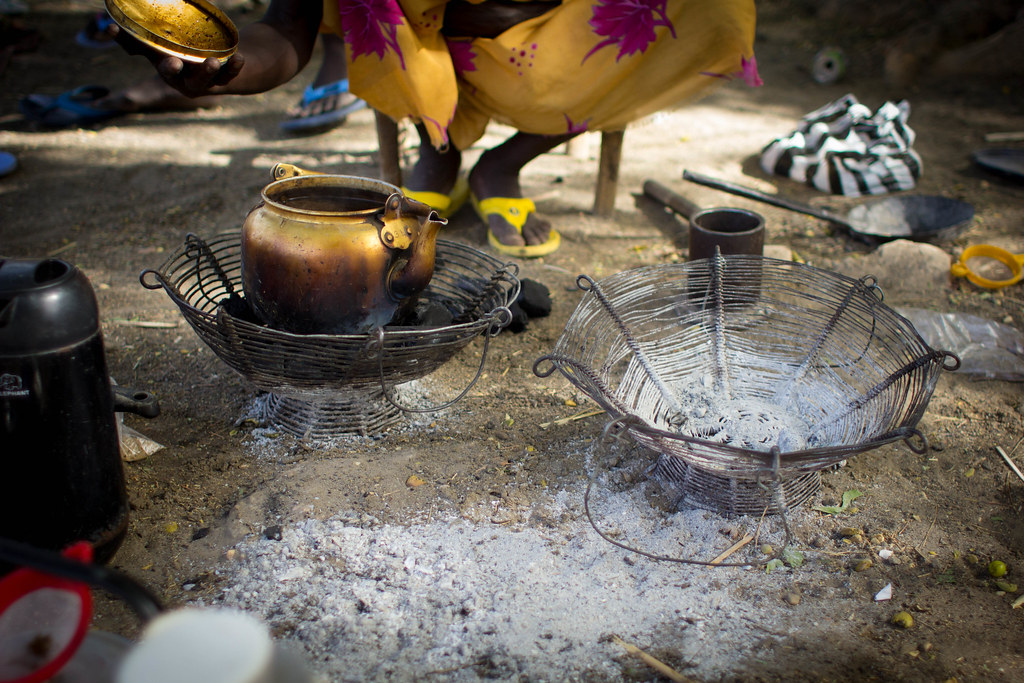

Love the pictures, love the living in the present and taking time to enjoy one another and bond together in love over coffee-making.
Americans have many nice things – but this is one I wish we had more of. Sitting in the dirt, enjoying one another with no time limit.
Thanks for the message of love, Amie.
Amy your photographs continue to amaze me. In a land of few resources, you have captured the country, its people and all the beauty it has to offer. On a technical note…I’m a bit envious of your ability to get the perfect light metering every time 🙂
I am truly enjoying your blog.
Thank you for sharing with us!
Praying for you and Bethany as i have my morning coffee in the cool of a northwest morning. I miss Africa and her colors, the smells and sounds, the people. Love you!